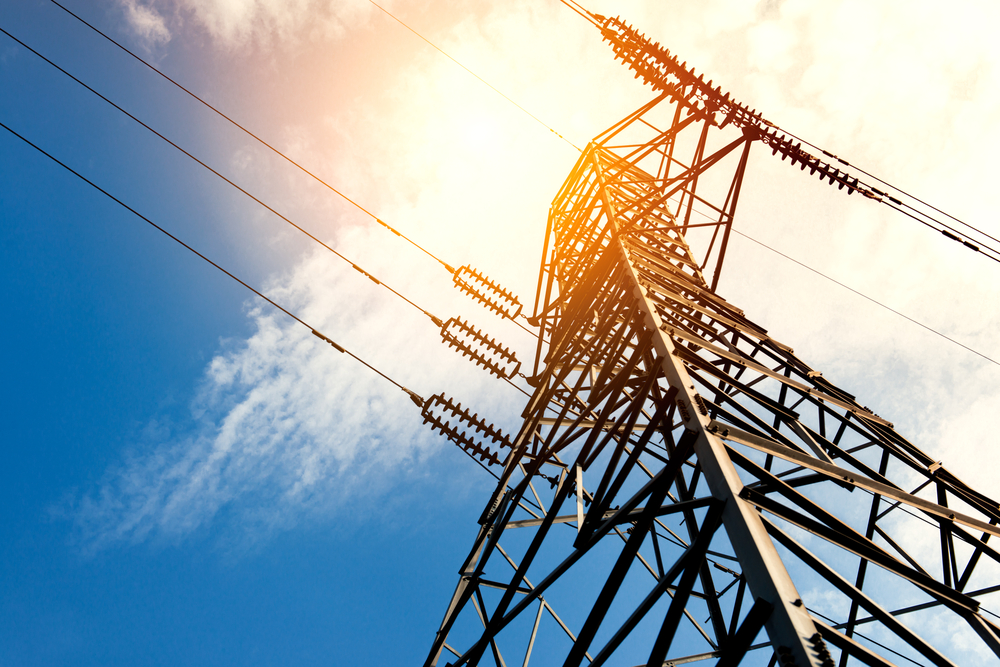The benefits of a start-to-finish installer for power line foundations
High-voltage power lines are a vital piece of infrastructure, and significant public pressure surrounds their integrity and upkeep. Choosing the right type of foundation can save the contractor serious dollars and time, and working with the right supplier can save serious headaches.

In North America, high voltage power lines are normally installed on steel foundations – almost never concrete. DFI is the first contractor to bring the unique equipment and techniques required utilise this construction methodology to Australia.
In very recent estimates, it has been determined that utilising steel foundations for HV lattice towers offers more than 50 per cent savings when compared to the equivalent concrete foundation. Using steel rather than concrete also cuts construction lead times considerably.
DFI Energy Services is well-versed in the critical nature of power line foundations. Over three decades, DFI has established an international reputation among its industrial clients as a top provider of built-to-last foundation systems.
Richard Middleton, Regional Manager at DFI, brings his years of experience installing steel pile power line foundations to the company’s Australian projects.
“Based on DFI’s experience and knowledge in Australia, soil conditions are ideal for constructing steel pile foundations.”
An end-to-end service provider
DFI is rare in that it both designs and supplies its steel piles on top of installing them. In addition to reducing reliance on external vendors via its owned and operated pile mill, DFI’s inside-out knowledge of their materials provides valuable peace of mind for their clients and their installation teams in the field.
“Often, for power transmission line towers there are groups of four to six steel piles under each of the four legs of a transmission tower,” Mr Middleton said.
“These pile groupings are specifically designed by our engineers to support the high lateral and moment loads that transmission towers present.”
Steel piles edge out other power line foundation options on a number of important metrics, including raw material costs, ease of transport and speed of installation.
“Raw material costs are much less, and steel piles are easy to transport in comparison to concrete and other systems, which makes the logistics burden and trucking very cost-effective,” Mr Middleton said.
“The faster installation process also yields substantial cost savings on labor and project overheads due to a reduced construction schedule in comparison to concrete and other methods.”
Coping with the unexpected
Perhaps the most important measure for a foundation system is adaptability.
According to Mr Middleton, one of the most challenging scenarios during a pile installation is when geotechnical conditions change and the team must adapt the pile design to suit.
“It then becomes an ‘all hands on deck’ approach right from our engineers to our field crews in order to provide an effective and common sense solution.”
Fortunately, DFI has the materials and expertise to get the job done when the unexpected happens.
“DFI-designed and manufactured piling rigs and drills are a great fit for remote locations and can continue working in almost any weather condition,” Mr Middleton said.
“Using steel piles gives us the ability to quickly change the pile lengths or diameters to suit.”
Wade Elofson, founder of Powered, a business development company with a focus on the Australian energy industry, affirmed that steel piles are well-suited for power line foundations in Australia.
“High-voltage power lines are sensitive to weather and geotechnical conditions, and if one goes down, a lot of people can be affected,” Mr Elofson said.
“A secure foundation is absolutely crucial for these structures, and DFI’s steel driven piles are the most cost-effective and long-lasting option we’ve seen by far.”
For more information, please contact info@poweredaus.com.au or call Wade Elofson on +61 474 128 517.


